Advertisement
Artificial intelligence is revolutionizing construction in the era of Industry 4.0, ushering in a shift toward data-driven decisions, smart systems, and automation. When applied to construction, AI boosts productivity, reduces costly errors, and enhances operational efficiency. Emerging technologies like IoT, robotics, and machine learning are making job sites smarter, safer, and more responsive.
Real-time data analytics improves resource planning and enables predictive maintenance, while smart technologies help minimize delays and maximize output. From design to execution, every phase of the construction process benefits from AI integration. Smart construction will define the industry's future as intelligent tools reshape the built environment.
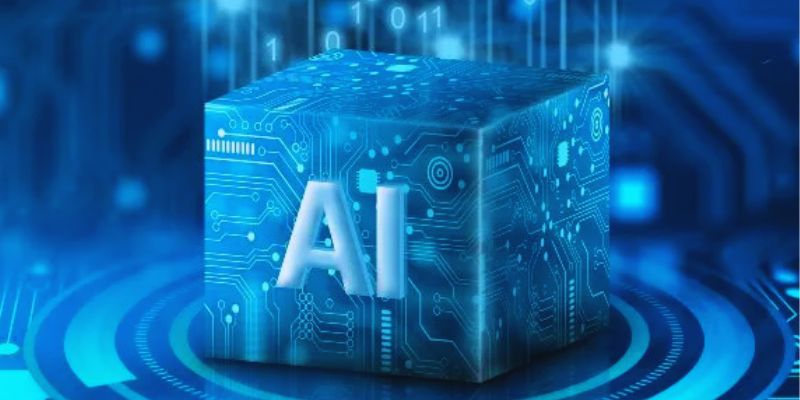
From concept to completion, artificial intelligence enhances construction techniques. Smart tools and predictive software improve on-site operational efficiency. AI helps map building processes, spot flaws, and prevent risks. Drones provide real-time imagery and more accurate site progress assessments. Machine learning analyzes historical data to forecast resource needs. These insights help managers reduce material waste and improve planning. Robots automate repetitive tasks such as bricklaying and concrete pouring.
AI-enabled monitoring systems help to lower human mistakes. By providing real alerts to workers, smart helmets and wearables help to increase site safety. Sensor-generated data helps fast decision-making. Systems of augmented reality improve cooperation and project visualization. Artificial intelligence changes conventional building into a speedier, more dependable procedure. Before actual work starts, digital twins replicate whole building environments. Less surprises during building and better project results follow from this.
Unplanned downtime and equipment breakdowns are common occurrences in construction companies. AI-powered predictive maintenance technologies help avoid such problems. Smart systems study wear patterns and gather data from industrial sensors. These insights point to the ideal moment for replacing or repairing components. That extends equipment lifetime and helps to lower breakdowns. Correct data projections help to improve resource planning. AI forecasts delivery timetables, labor demand, and material consumption.
Teams can more successfully cut waste and manage expenditures. Learning from prior efforts helps artificial intelligence systems maximize future work planning. Sites get more orderly and less likely to experience shortages of supplies. Based on real-time data, managers can rapidly change their strategies. Digital dashboards let managers act quickly by showing alarms and changes. When artificial intelligence manages logistics, building sites runs more smoothly. Businesses prevent delays, fulfill deadlines, and save money. Tracking energy consumption predictive tools helps to reduce environmental effects and expenses.
Construction is a high-risk sector with frequent accidents. AI finds possible risks and enhances safety. Smart cameras track staff members and notify managers of dangerous activity. Reviewing safety reports, machine learning identifies prevalent hazards. Based on weather, noise, or activity levels, artificial intelligence algorithms forecast dangerous scenarios. Wearable sensors track worker mobility and health signals. Alerts sound when someone runs the danger of being tired or injured. Using simulation models, AI techniques also enable the construction of safer offices. Virtual training courses provide safety protocols free from real-world risks.
Robots handle hazardous duties such as demolition or high-elevation jobs. Artificial intelligence also handles emergency response by tracking workers and directing evacuations. Safety protocols guided by data reduce accident rates and increase worker confidence. Safety dashboards let managers assess team risk and compliance. Artificial intelligence promotes a culture of safety, ensuring a safer workplace. Risk mitigation is now part of the building process.
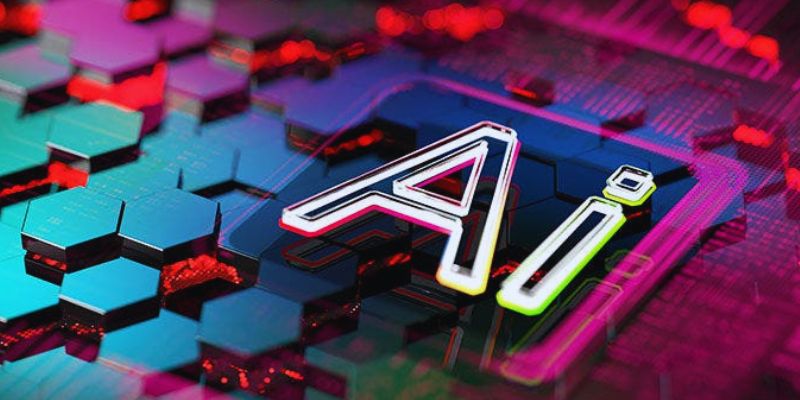
In construction, project management often struggles with cost overruns and delays. AI tools improve planning capabilities to address these challenges. Machine learning forecasts enable more precise scheduling, while real-time progress updates allow managers to adjust their plans promptly. As artificial intelligence forecasts labor expenses and material needs, budget planning gains accuracy. Intelligent systems log everyday tasks and document project benchmarks.
Teams are alerted automatically of supply problems or missed deadlines. Digital assistants immediately give project data and answer questions. AI-based cooperation technologies help teams to improve their communication. Transparency and better decision-making are outcomes of reports and analytics. Project managers see both present and prospective difficulties. AI ensures a more precise and efficient distribution of resources. Early resolution of issues helps to prevent their influence on the schedule. Project success rates go much higher under the AI direction. Managers drive results more of their time than they spend resolving issues.
Modern construction relies heavily on data. AI analyzes vast amounts of information to boost efficiency. Tools such as drones and sensors continuously collect data from job sites. This data enables AI to improve performance and optimize planning. Site managers gain real-time insights into operations and progress. Data analytics highlights areas for process improvement and identifies bottlenecks. Smart dashboards track material deliveries, delays, and resource usage. AI looks for performance flaws by comparing data from similar projects. It enables teams to implement improved strategies and prevent typical errors.
Predictive models direct decisions in buying and workforce management. Less waste and improved timeliness lead to faster project delivery. Data tracking of energy use and emissions helps sustainability goals as well. Correct projections help lower overproduction and storage issues. Better project openness and quality assurance help clients. Data drives the workflow; hence, efficiency increases. For the building crew, artificial intelligence gives data significance and practical application.
In the coming years, artificial intelligence is poised to transform construction further. Robotics and automation will take over more physical tasks. Smart machinery and intelligent software will become standard in future workplaces. AI will handle risk assessments, budgeting, and scheduling more accurately, reducing human error. More building companies will embrace digital twin technology to replicate projects before they begin. Tools in augmented and virtual reality will help design and teamwork. Through tracking emissions and resource use, artificial intelligence will raise environmental compliance.
Long-term maintenance will be managed with predictive analytics even following project completion. For precise tasks, robots will eventually join everyday site operations. Human employees will give strategy and monitoring more importance. As artificial intelligence's influence in the building keeps expanding, projects will become safer, faster, and less expensive. Businesses that use these tools will stay ahead of the curve. Construction's future is clever, mechanized, and firmly data-driven.
Industry 4.0 technologies are transforming construction through artificial intelligence. Every stage—from design to delivery—is now smarter and more efficient. Data analytics, smart machinery, and predictive technologies reduce waste and improve safety. AI enhances project outcomes and supports better decision-making. Every invention in the sector is advancing it even more. Adopting artificial intelligence involves creating safer, faster, and smarter. Future-ready companies are funding this change now.
Advertisement
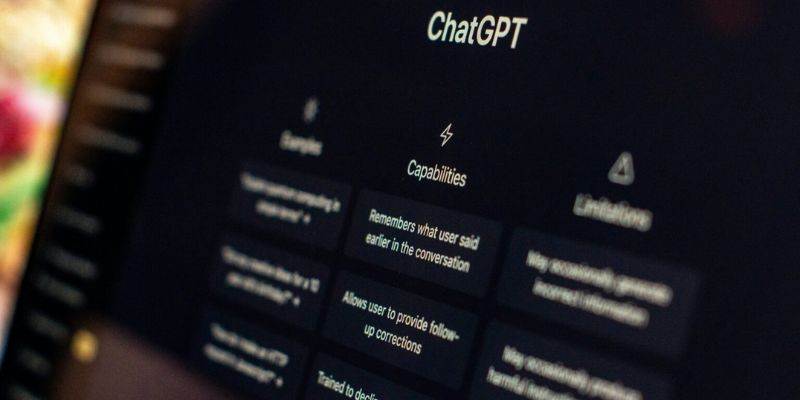
Understand how GPT's decoder-only transformer works, its advantages, challenges, and why it is transforming the future of AI

How AI is shaping the 2025 Masters Tournament with IBM’s enhanced features and how Meta’s Llama 4 models are redefining open-source innovation
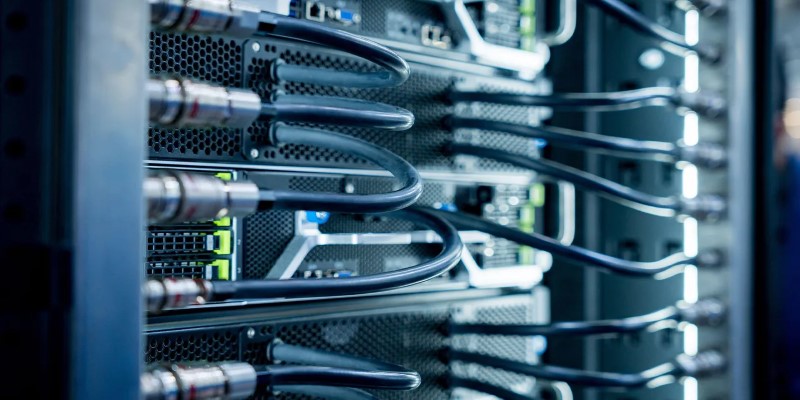
Is the UK ready for AI’s energy demands? With rising power use, outdated cooling, and grid strain, the pressure on data centers is mounting—and sustainability may be the first casualty
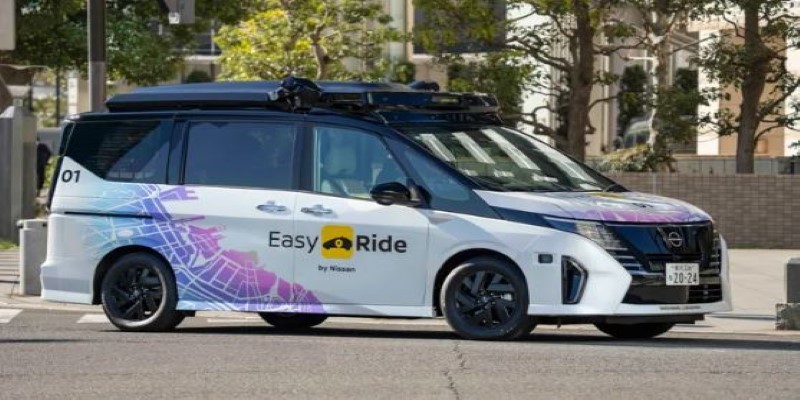
What happens when an automaker lets driverless cars loose on public roads? Nissan is testing that out in Japan with its latest AI-powered autonomous driving system
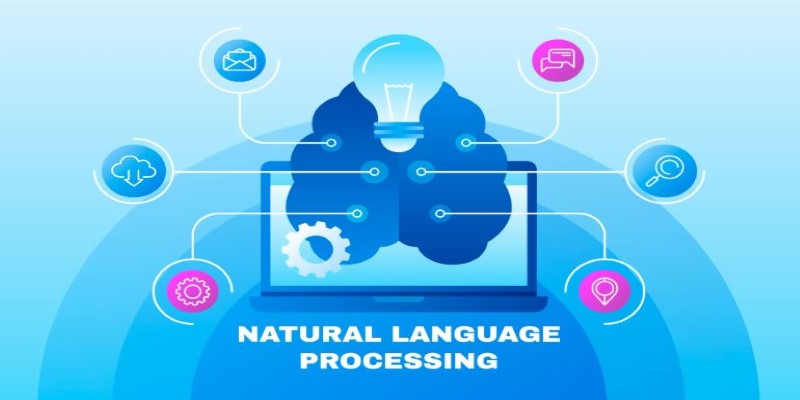
How Orca LLM challenges the traditional scale-based AI model approach by using explanation tuning to improve reasoning, accuracy, and transparency in responses

How Hugging Face Accelerate works with FSDP and DeepSpeed to streamline large-scale model training. Learn the differences, strengths, and real-world use cases of each backend
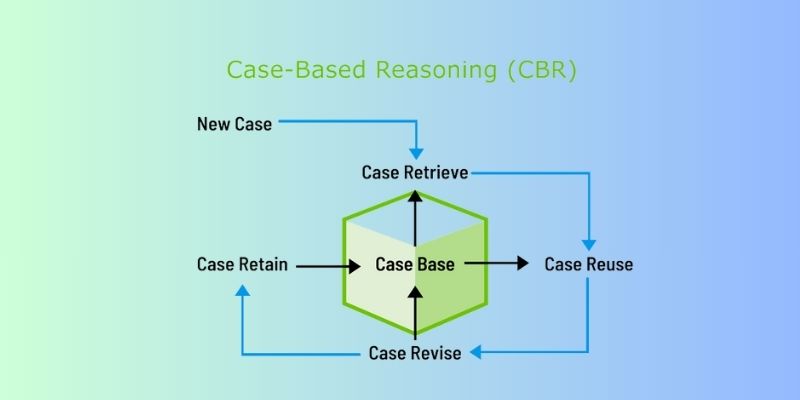
Discover how Case-Based Reasoning (CBR) helps AI systems solve problems by learning from past cases. A beginner-friendly guide

Discover how AI in the construction industry empowers smarter workflows through Industry 4.0 construction technology advances
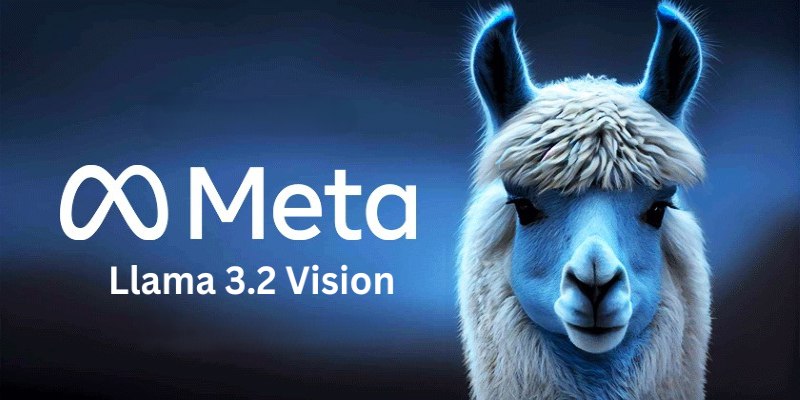
Llama 3.2 brings local performance and vision support to your device. Faster responses, offline access, and image understanding—all without relying on the cloud
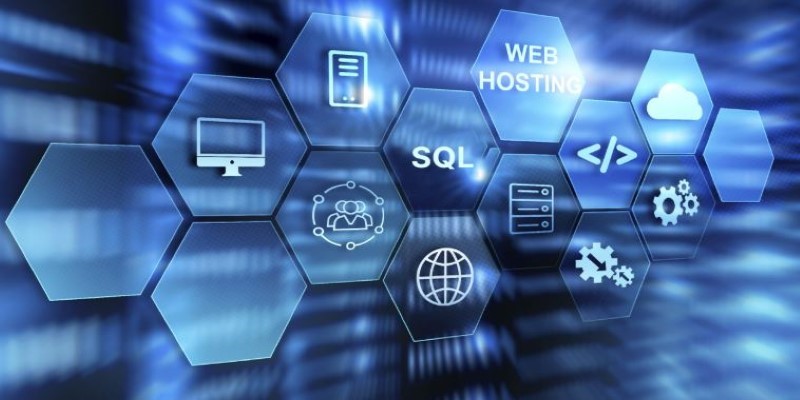
How the ORDER BY clause in SQL helps organize query results by sorting data using columns, expressions, and aliases. Improve your SQL sorting techniques with this practical guide

Sisense adds an embeddable chatbot, enhancing generative AI with smarter, more secure, and accessible analytics for all teams

What happens when robots can feel with their fingertips? Explore how tactile sensors are giving machines a sense of touch—and why it’s changing everything from factories to healthcare